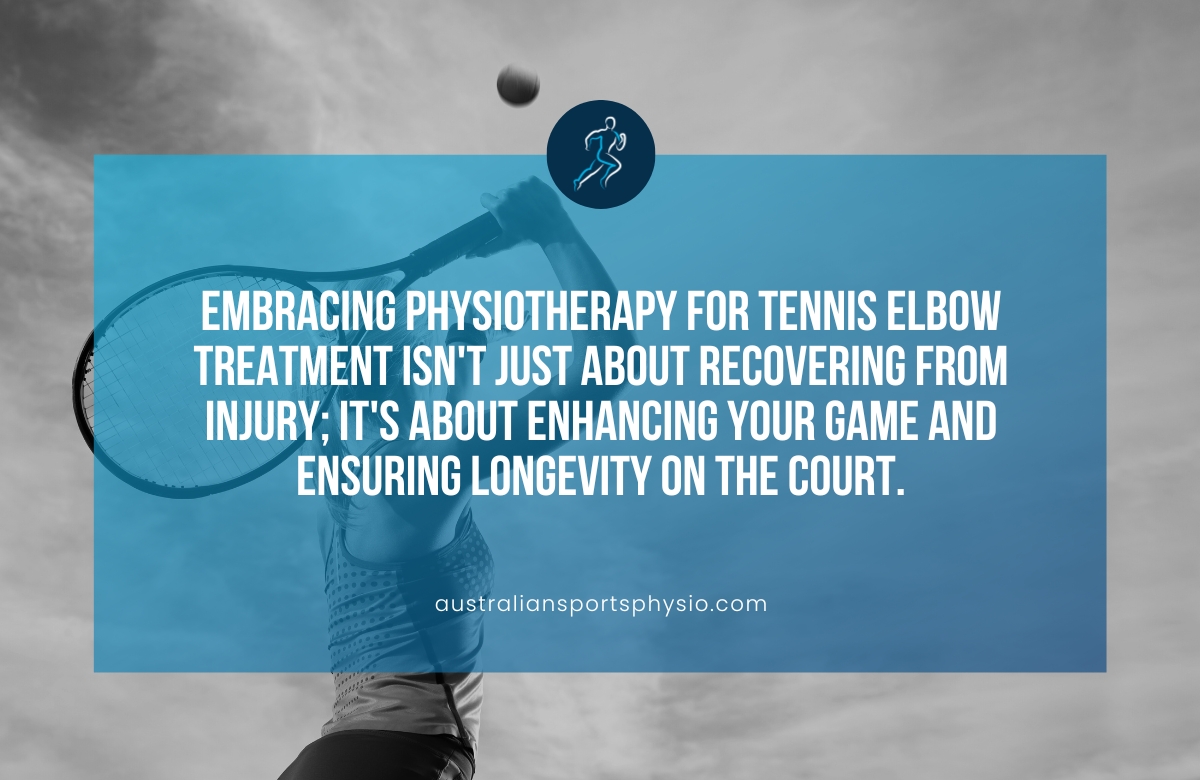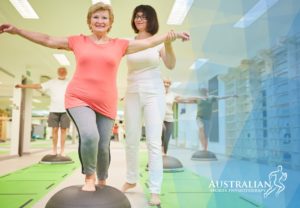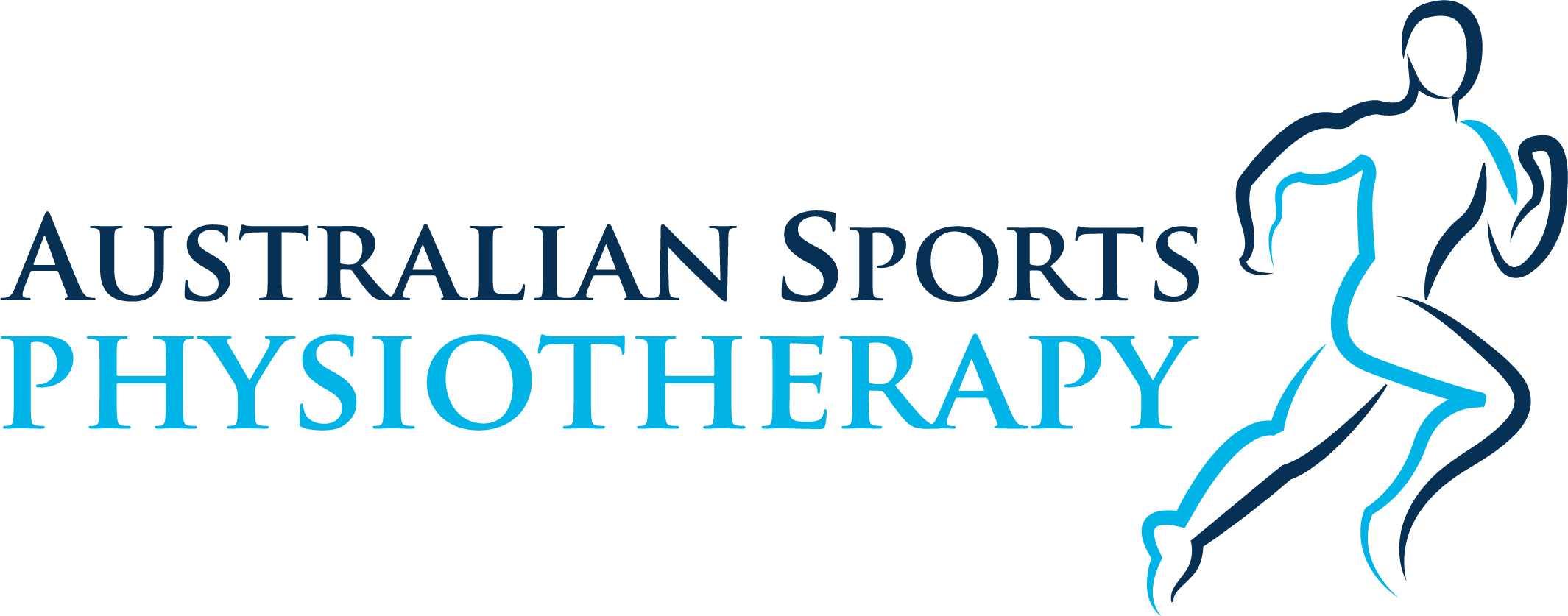Are you or someone you know suffering from that nagging pain on the outside of the elbow? It might just be tennis elbow, a common ailment that can sideline even the most passionate tennis players. But does it have to be the end of your game?
Tennis elbow, or lateral epicondylitis, isn’t just a concern for athletes; it’s a condition that can affect anyone who participates in repetitive arm and wrist motions. When you’re trying to keep up with your game or simply enjoy a weekend match, the frustration of this injury can quickly overshadow your love for the sport.
Thankfully, physiotherapy offers a pathway not only to recovery but also to long-term prevention. By incorporating targeted physiotherapy techniques into your routine, you can not only rehabilitate your elbow and reduce risk factors but also strengthen it against future injuries.
What is tennis elbow?
Tennis elbow, or lateral epicondylitis, is a common condition that causes pain on the outside of the elbow. It’s often triggered by repetitive arm and wrist motions, making it a frequent ailment among tennis players.
Common symptoms of tennis elbow
- Pain on the outside of the elbow joint.
- Pain when gripping objects.
- Weakness in the forearm and wrist.
Common causes of tennis elbow
- Repetitive motions of the wrist and forearm, such as those involved in sports like tennis, racquetball, and golf.
- Occupations that require repetitive movements, such as painting, carpentry, racquet sports, and typing.
- A sudden increase in activity level.
Physiotherapy treatment for tennis elbow
A well-structured physiotherapy program can significantly aid in the recovery and prevention of tennis elbow. Here’s what people with tennis elbow can expect in a typical physiotherapy regimen.
1. Pain management
- Ice therapy: Reducing inflammation and elbow pain.
- Dry needling: Reducing pain and muscle spasms
- Activity modification: unload tissue to allow for healing and pain relief
2. Strengthening exercises
- Wrist flexion and extension: Strengthening the muscles that control wrist movement.
- Forearm rotations: Improving forearm strength and flexibility.
- Grip strengthening: Enhancing grip strength to reduce strain on the tendons.
3. Stretching exercises
- Wrist flexor and extensor stretches: Increasing flexibility and reducing muscle tightness.
- Forearm rotator stretches: Improving range of motion and reducing tension.
4. Ergonomic advice
- Correct tennis technique: Modifying your stroke to reduce stress on the elbow joint.
- Workplace ergonomics: Adjusting your workstation to minimise strain on your arms and wrists.
- Proper grip strength: Using the appropriate grip strength for different activities.
Prevention tips for tennis elbow pain
- Proper technique: Ensure you have a correct tennis stroke to minimise stress on the elbow joint.
- Gradual increase in intensity: Avoid sudden increases in training intensity.
- Rest and recovery: Allow adequate rest between training sessions.
- Strengthening exercises: Regular strength training can help prevent injuries.
- Ergonomic workplace: Ensure your workstation is ergonomically set up to reduce strain on your arms and wrists.
- Ice therapy: Applying ice packs to the affected area can help reduce inflammation.
- Over-the-counter pain relievers: Non-steroidal anti-inflammatory drugs (NSAIDs) can help manage pain.

Final thoughts
Embracing physiotherapy for tennis elbow treatment isn’t just about recovering from injury; it’s about enhancing your game and ensuring longevity on the court.
By implementing these recovery and prevention tips, you’re setting yourself up for success, allowing you to swing your racquet with confidence and skill.









